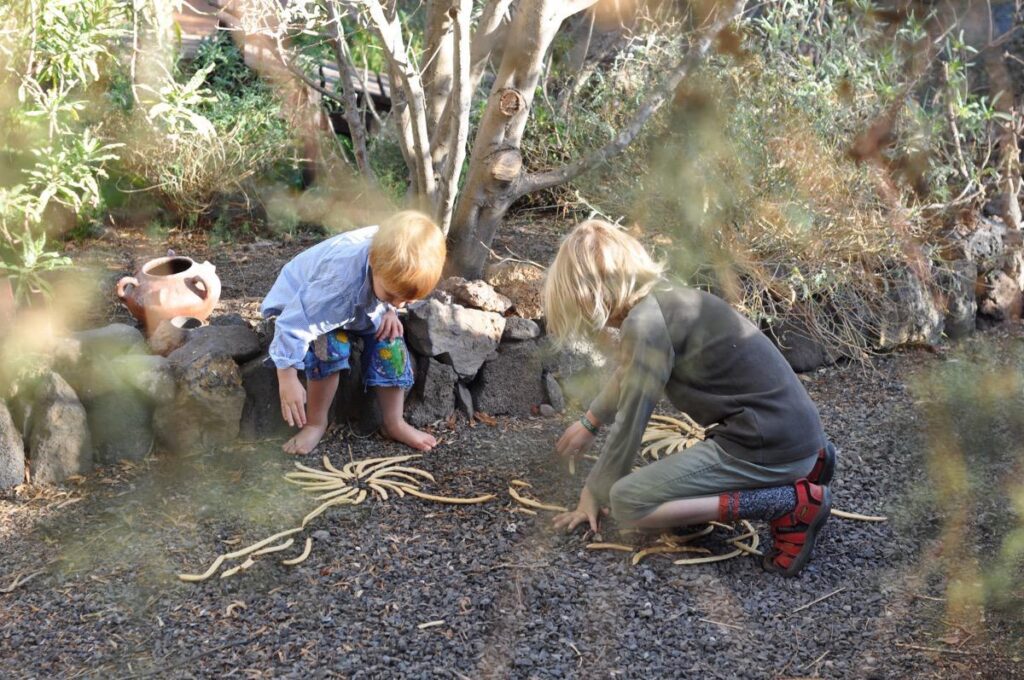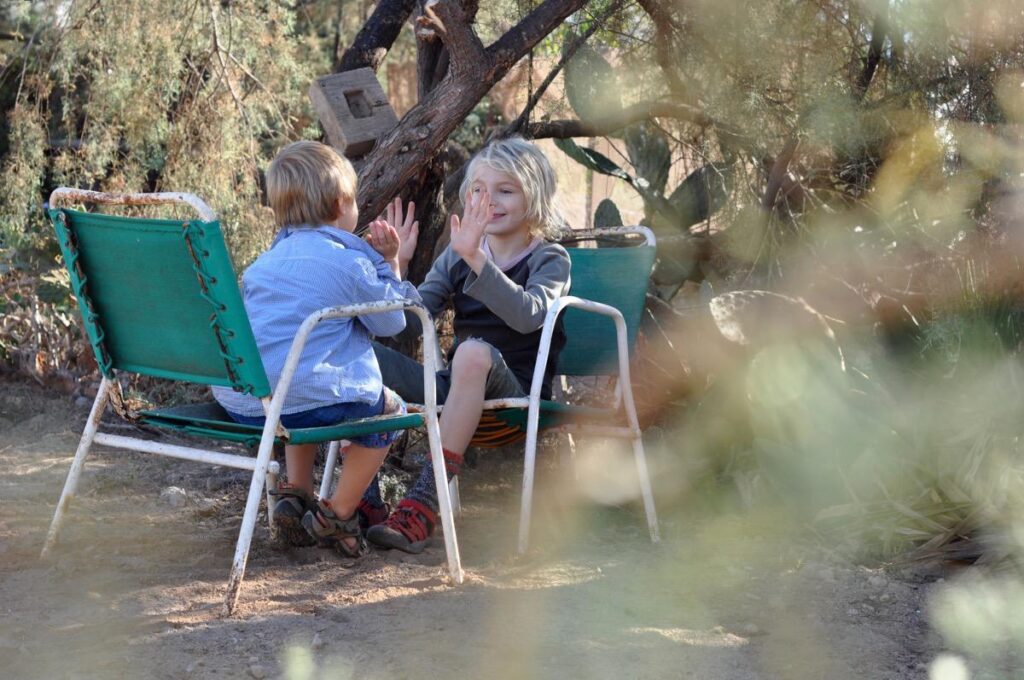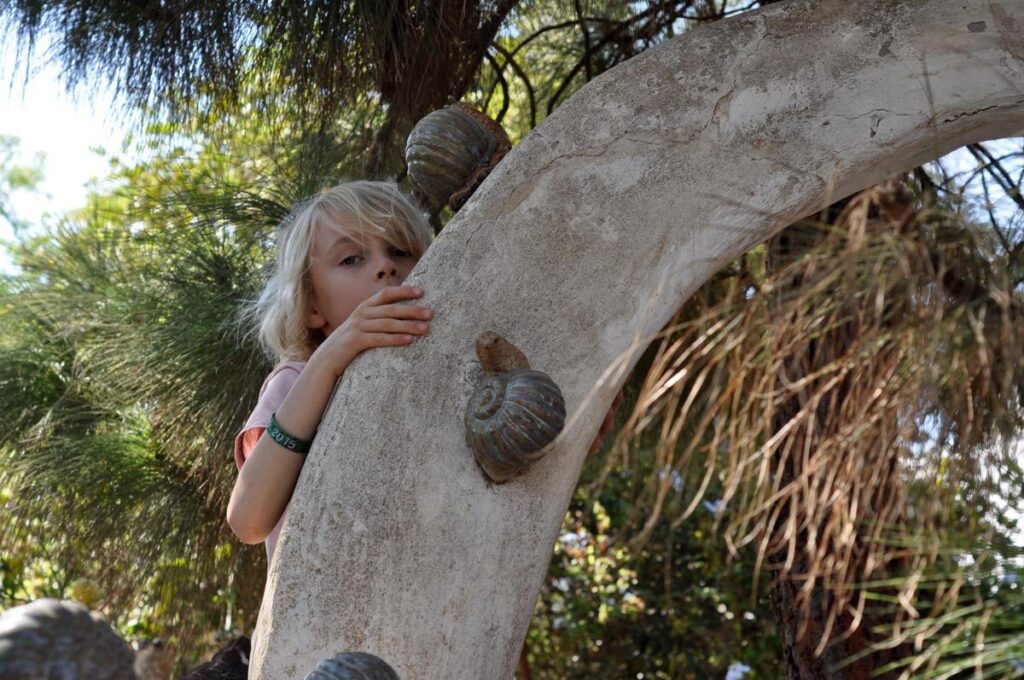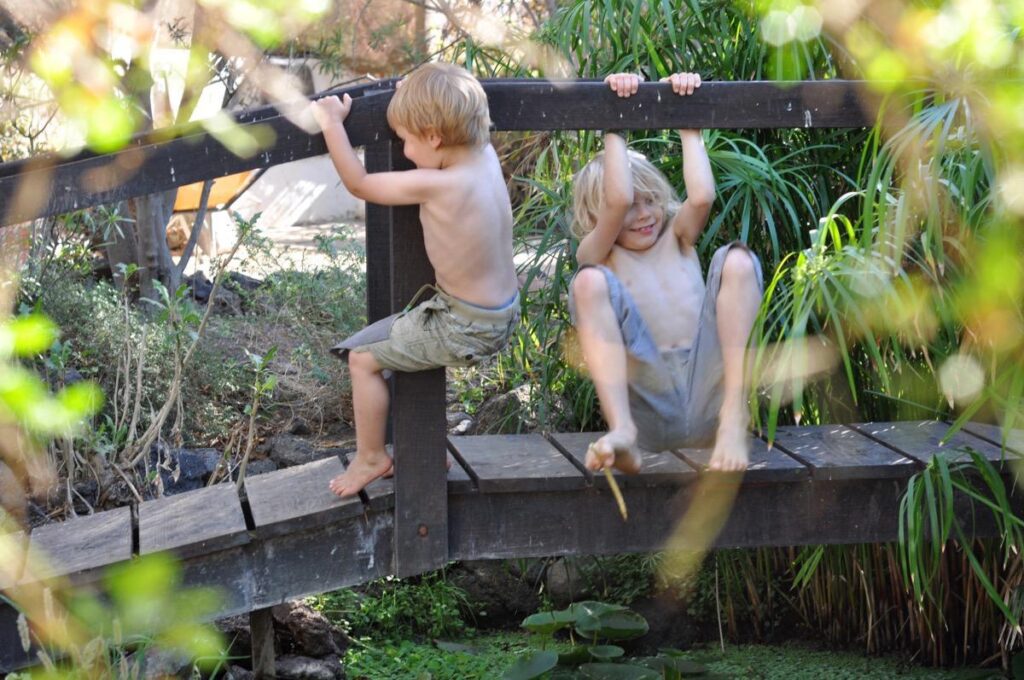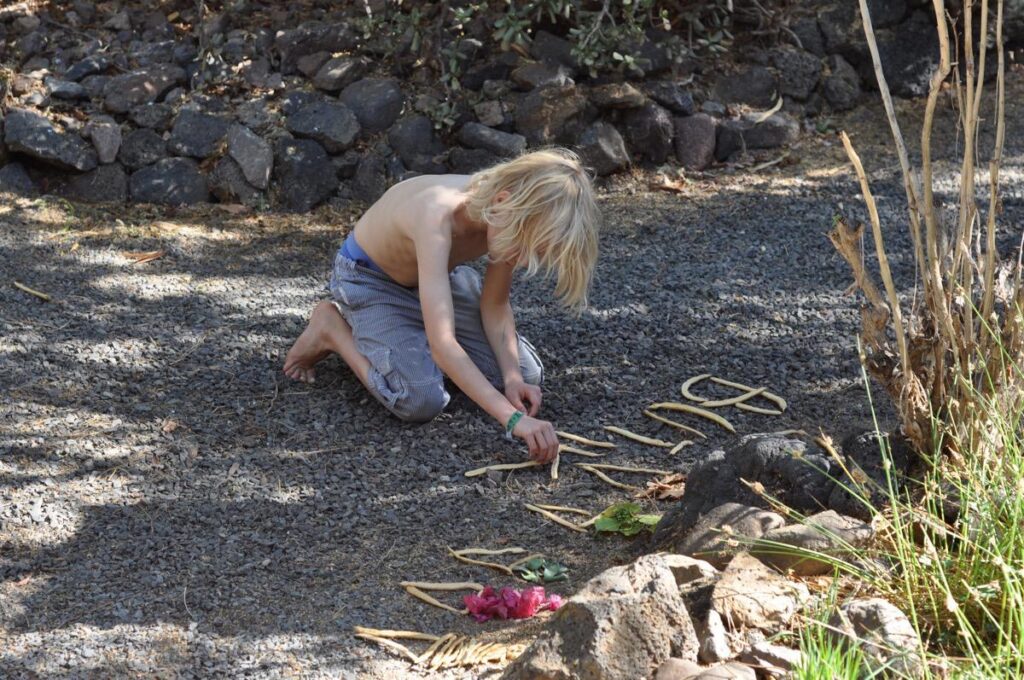information
About Haría
In his book Lanzarote, Michel Houellebecq praises the island but states that the island is not ‘able to offer ecotourism’ – but then he never visited Haría, where a unique ecosystem and culture survives. Haría is very different from the Lanzarote most tourists are familiar with. In ‘the valley of 1000 palms’ there are inspiring views, traditional architecture, friendly local people, and fascinating wildlife not to be found elsewhere. In contrast to the desertlike conditions of the rest of Lanzarote, both the village of Haría and the surrounding district of the same name are much greener and richer in biodiversity than elsewhere. Unique and rare flora surviving in a spectacular landscape is one good reason to visit Haría district, but there are plenty of other attractions.
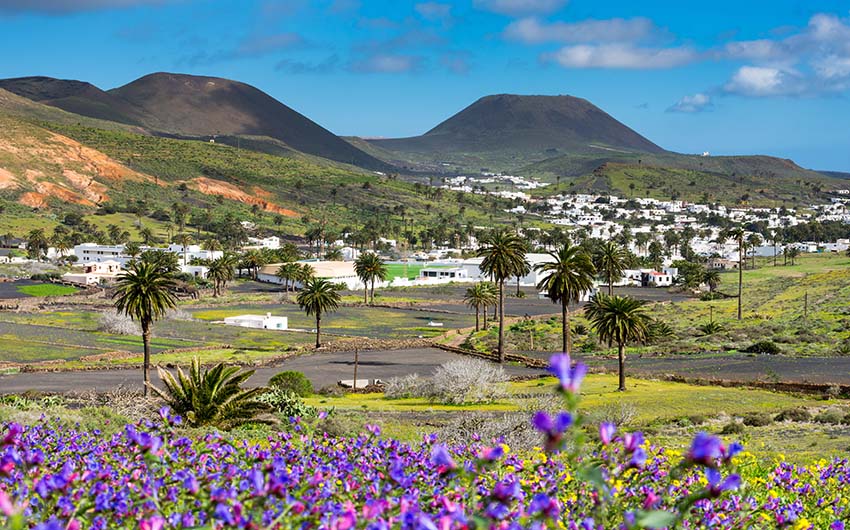
beaches
volcanoes
Official Tourist Attractions
These have all been designed with the architect Cesar Manrique’s trademark features, somehow managing to be both striking and unobtrusive. This is a link to an excellent photographic appreciation of Manrique’s architecture. http://alastairphilipwiper.com/blog/world-cesar-manrique-lanzarote/
The Cactus Garden: an abandoned quarry that had become a rubbish dump was converted to house an impressive collection of cacti and other succulent plants. It is in the centre of the cactus farming district of Guatiza. The ancient tradition of cultivating the cochineal insect which produces the red dye carmine (used for Campari, lipstick etc) has undergone a recent revival as the danger of artificial red dyes has become clear.
Jameos del Agua & Cueva de los Verdes: Although these are separate features they both are part of an extremely long subterranean volcanic tube stretching from the heart of La Corona out into the Atlantic. The Jameos del Agua are built around a section of this tube located at the coast where the roof has collapsed in several sections. It includes an auditorium whose volcanic roof creates excellent acoustics and a natural underground lake featuring the island’s unique tiny blind white crabs. The Cueva de los Verdes takes visitors on a 40-minute walk through some of the more interesting and historic sections of this volcanic tunnel.
Other sections of the tunnel can be accessed (with care) by the more adventurous.
Mirador del Rio: This attractive building, housing a bar and restaurant, is perched high on the cliff-top which faces the island of Graciosa. The view is quite magnificent although we take to visitors on a short walk to the right, where they can have the same view without having to pay for it!
Walks
Lanzarote and Haría
Lanzarote is unique among the Canary islands – it is well developed in terms of communications and services but has not suffered from the ugly over-development that has blighted some of the other islands. This is mainly thanks to the enthusiasm of Cesar Manrique, a local artist and architect whose sadly Francoist politics we are willing to ignore because of his tireless efforts to preserve the heritage and environment of Lanzarote. For example preventing erection of any billboards or multi-storey buildings outside the main tourist ghettoes (OK, they’re nice places if you like that sort of thing). The tourist attractions he helped to develop are all (we think) tastefully unobtrusive. He built his world-famous house in Tahiche (on a section of the world’s longest terrestrial lava flow) but moved to Haría a couple of years after we arrived here, building a home in the next street from Calle la Cañada and living there till he died a decade ago. Manrique shared our view that Haría is one of the most agreeable places on the island to live in. We also appreciate the way local people manage to combine a friendly and welcoming attitude with a respect for privacy and an easy tolerance for individual variations – for example Haría was the first district council in Spain to officially recognise gay relationships.
GETTING ABOUT
Do you need a car whilst staying in Haria?
The simple answer to this is no but as with everything in life it depends upon what you are prepared to do to get what you want.
Some guests spent an enjoyable month here without a car and left this useful account:
“I will describe what my wife and I managed to do in the four weeks we were staying at David’s place in Haria. We could not have done many of the things we did without access to the following:
Bus timetable available at www.intercitybuslanzarote.es
Reliable taxi service 0034 620 315 350 (English spoken)
A copy of Lanzarote car tours and walks. ( We have left our copy so please feel free to use it and then leave for others)
Having done some reading before we arrived we wanted to visit the following:
Jameos del aqua
Cueva de los Verdes
Cactus Garden in Guatiza
We caught the 9.04 No 7 bus to Arricife at the bus stop behind the church at the end of the plaza. We got off at Punta de Mujeres. The bus drivers are very helpful but we found that it was useful to have our destination written down just in case we could not pronounce the name correctly. It takes less than ten minutes to get to Punta de Mujeres. We then walked to Jameos del Aqua where we purchased a three centre ticket for 20 Euros. This ticket was valid for two weeks and allowed us entry to all three of a-c above. After visiting Jameos del Aqua we walked the 1 km to Cueva de los Verdes. We then did the return walk to the bus stop in Punta de Mujeres and caught the bus back to Haria. We could have gone from Punta de Mujeres to the cactus gardens on the no7 to Arrecife but as we were here for 4 weeks we had no reason to rush. On a separate day we did get the no 7 from Haria to the cactus gardens and returned just after lunch.
We found getting to:
Arrieta a fishing village with a lovely beach
Teguise the old capital and a market on Sunday. ( Personally would avoid going on a Sunday)
Arrecife the capital
..was an absolute breeze using the reliable no 7.
We were fortunate that we could do each of these trips on a separate day but if you are pushed for time then you could combine 1 and 2.
It is true to say that we couldn’t get to all our places of interest by bus or walking and so at times we booked a taxi. We found the taxi company we used extremely helpful and reliable. David’s place is not the easiest of destinations to find for people who don’t know their way around Haria and so we arranged to meet the taxi near the same place we caught the no 7 i.e. behind the church.
Island of Graciosa: We booked a taxi to get us to Orzola in time for us to catch the first ferry to Graciosa. We made arrangements for the taxi to meet us on our return from Graciosa. We had a brilliant day and everything was on time. It was by far our most expensive day of our stay but well worth it.
We got a taxi to the church at Ye and then walked to the top of Monte Corona and returned to Haria via Maguez.
We did walk 2 in the book Risco de Famara by getting a taxi to the bus stop Las Casillas and then walking back again via Maguez.
We did walk 8 Haria-Restaurante Los Helechos-Ermita de las Nieves – Teguise returning to Haria by bus.
As David points out there are many walks around Haria and not one of these needs transport of any kind—just a little bit of imagination.
We found that Haria had everything we needed in terms of food. The indoor market is very well stocked even with fresh meat and he three small supermarkets provide you with all your basics. We did eat at the restaurant opposite the stage on the square. We found this good value for money but it does close at 8 pm.
My wife is 60 and I am 66 and we do lead active lives back in the UK but we are not super athletic. I had a hip replacement in 2007 and so I have to be very careful not to push things too hard but honestly not only were we able to do the walks etc but also we were able to enjoy them and I am sure that if you attempt them you will think the same. Finally walking on tarmac road in Lanzarote is much safer than walking on a similar road back in the UK.
We hope you enjoy your stay in Haria as much as we have done.”
kids stuff

I’m not immune to flattery and love it when fellow gardeners and botanists say nice things about my garden, but nothing delights me more than appreciative kids.
A lot of the features in my garden were made with my own kid in mind and, as he’s grown up, it’s gratifying to see other kids having the same fun as he did at that age. Too often, however, visitors come with children who aren’t satisfied with the ten-minute tour and beg to stay and play. Last time that happened a friends grandchildren made me glow with pride by spontaneously declaring, “David, we love your garden – it’s a magic garden! Dad, do we have to go now ?” Then, as is frequently the case, Dad said indeed they must hurry. I was as disappointed as they were!
Psychologists tell us that play is as important as learning for a child’s development. IN my teaching career I’ve worked at schools with students from a huge range of cultural backgrounds; this has given me a fascinating opportunity to distinguish between types of play which seem instinctive, common to kids of all nationalities, and those games which differ and are clearly learnt (like the child’s language). A garden which caters to child’s natural instinct to play may well be more appreciated (and considerably cheaper!) than one full of expensive toys.
Once again my lodger Guillermo Rodriguez (see www.guillermorodriguez.com) has provided the accompanying photos – his delightful niece Lua is responsible for the smiles.
Jacuzzis and Pools
hide-and-seek
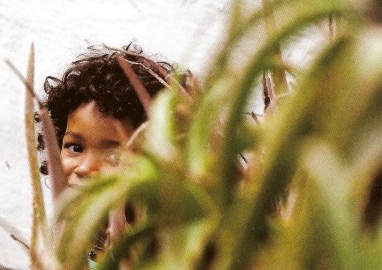
One thing to avoid is a child charging into a spiky cactus plant. After this happened to my kid (I shudder to recall that accident, it could have been a lot worse!) I moved all of my cacti together into one raised area and make sure that any eye-level spikes are carefully removed.
the frog pond
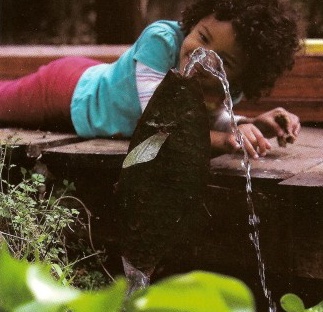
The Garden Instinct
A photo record of appreciative guest Marta Derska and her children in November 2017:
Location
C. la Cañada, 2, 35542 Haría, Las Palmas
Contact us
Contáctanos al (+34) 654 852 479 o david.riebold@gmail.com

